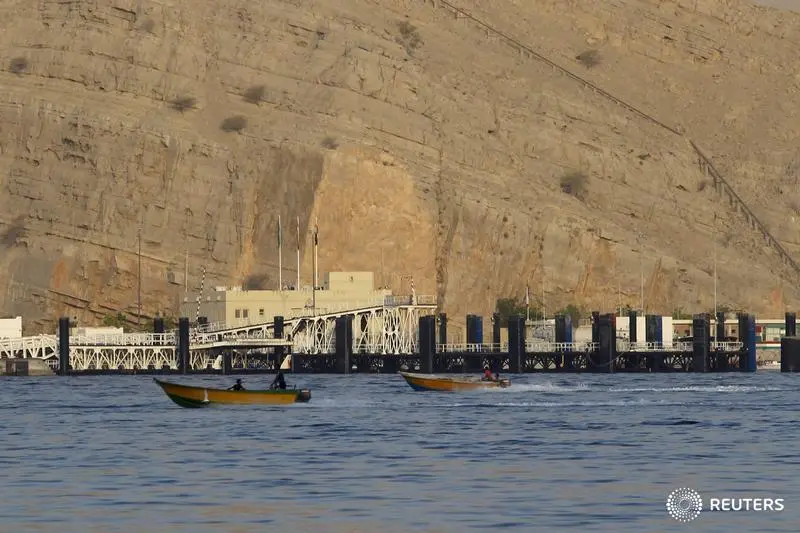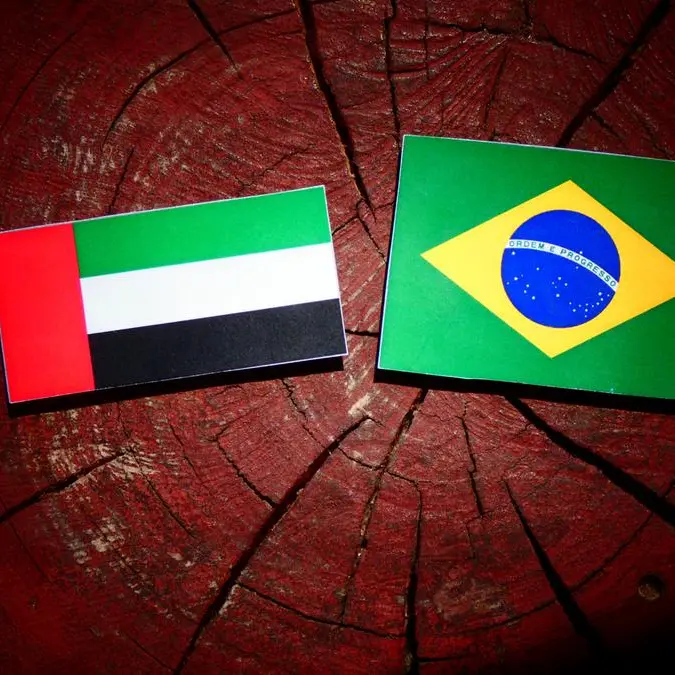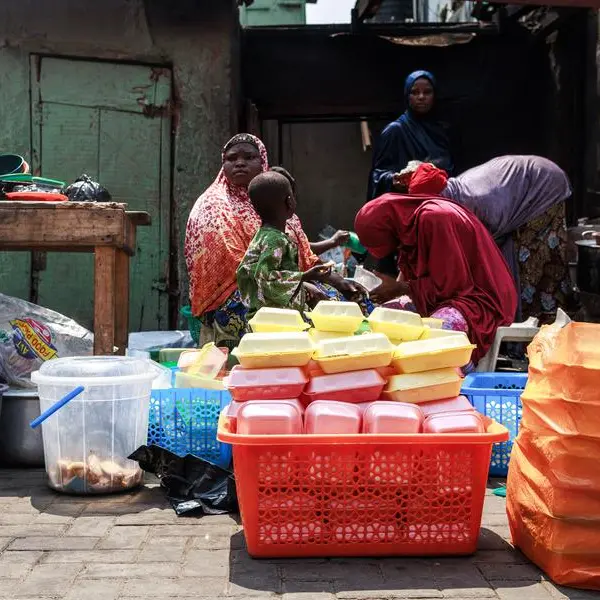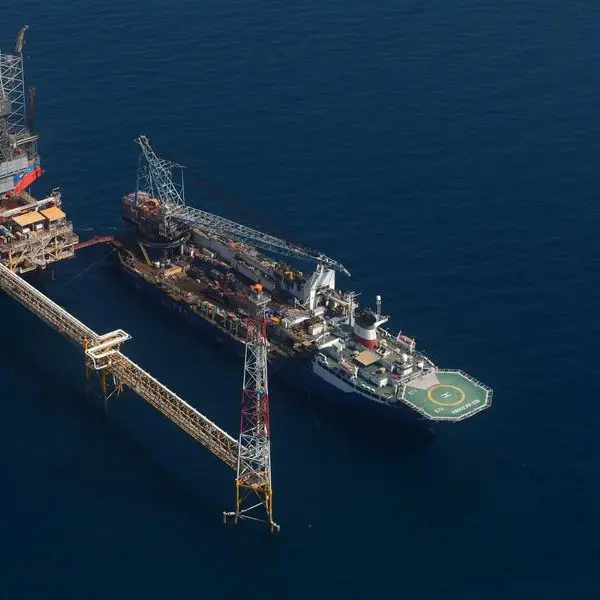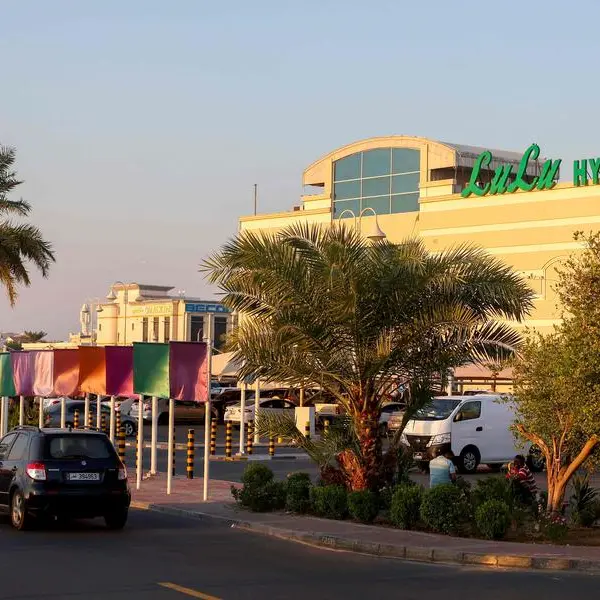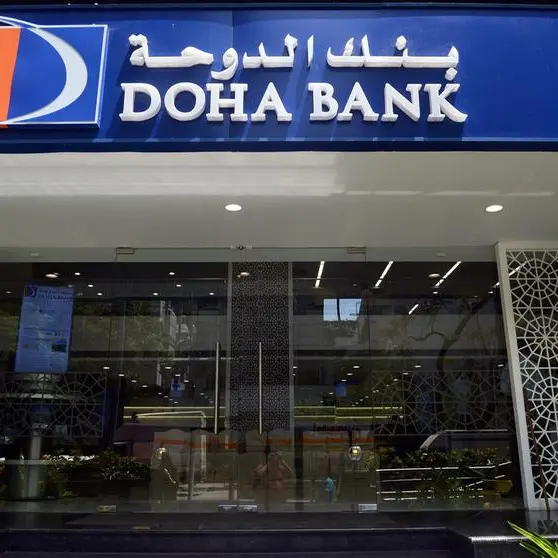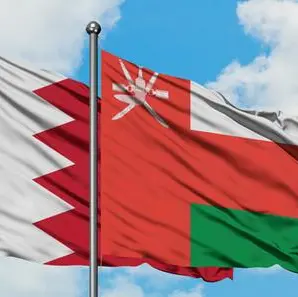PHOTO
16 January 2017
Conrad Prabhu
In a major development that bodes well for a strong uptick in Omani gypsum exports, top executives of all the leading gypsum mining companies have unanimously endorsed new regulations issued by the Public Authority for Mining (PAM) prescribing a minimum export price for gypsum. The endorsement came at a meeting of company chief executives held earlier this month. Also at the meeting, the attendees agreed to establish the ‘Oman Gypsum Association (OGA)’, a non-profit pan-industry grouping that advocates for, among other things, the best practice in gypsum mining, community support initiatives, and minimum Free-on-Board (FOB) pricing limits that take into account global demand and supply, and other measures aimed at supporting the growth of the domestic gypsum industry.
Alarmed by a downtrend in gypsum export prices, attributed to unhealthy undercutting by some players, PAM stepped in last month to fix a minimum export FOB price for raw gypsum at $12.50 per tonne with effect from December 2016.
Consequently, Omani gypsum exporters are barred from exporting raw gypsum below this designated price. Those found in breach of this regulation will be denied export permits, while repeat offenders are liable to have their mining licenses cancelled altogether. Welcoming these latest developments, and their beneficial implications for the positive development of the gypsum mining sector, Ramachandran, Director of USG Boral Zawawi Group, one of the key player in the industry, commented: “His Majesty Sultan Qaboos has attached great importance to economic diversification aimed at developing the non-oil sectors. Gypsum exports have the potential to drive GDP growth through enhanced non-oil exports. The Oman Gypsum Association’s main mission is to promote the Omani gypsum mining industry, which has the potential to fuel long-term economic growth by boosting the sector’s contribution to GDP through heightened exports.”
Other leading figures from Oman’s thriving mining sector have also lauded PAM’s latest intervention. Eng Salem Omar Ahmed al Shanfari, CEO of Global Mining Company LLC, said: “During 2010 – 2013, Omani gypsum used to be traded at the FOB price of above $15.00 per tonne. However, despite the Sultanate’s obvious advantageous geographical position in exporting gypsum to Asian countries, Omani gypsum was traded at far lower FOB prices during 2014 and beyond. This peculiar situation was the result of price undercutting by Omani exporters due to lack of coordination between gypsum exporter to the detriment of the export industry and the wider Omani economy in general.”
Added Scott Watson, General Manager of Al Rawas Mining Company LLC, “The initiative from PAM will bring stability to the market and allow the Omani gypsum industry to grow”.
According to Ramachandran of USG Boral Zawawi Group, the minimum export price strongly positions the Omani gypsum industry for strong growth particularly in the Indian sub-continent and wider Asian markets.
Asian cement and gypsum board manufacturers, which are the main consumers of gypsum, are already started to face supply and pricing challenges – a trend that is likely to continue in the coming years. Identifying and ensuring a consistent supply of gypsum has become imperative for the cement and gypsum board producers, the mining executive points out. Gypsum demand across Asia is projected to soar from 16 million tonnes per annum (MTPA) in 2015 to 23 MTPA by 2020 rising to over 36 MTPA by 2025. This amounts to a cumulative demand of over 80 million tonnes from 2017 to 2020 and over 230 million tonnes from 2017 to 2025, driven primarily by strong growth in the cement and gypsum board production segments in Asian countries.
“After factoring in Omani gypsum supplies to the Asian market, there is still a supply deficit of over 12 million tonnes during 2017 — 2020 and over 45 million tonnes during 2017 — 2025 that needs to be filled, which opens further opportunity for enhanced Omani gypsum exports,” he said. “Although there are other suppliers, such as Turkey, Spain, Mexico, and so on, that can target the Asian market, their landed cost will be far higher compared to Omani gypsum. The tightening demand – supply scenario will be reflected in an upward trend in Omani gypsum FOB prices going forward,” Ramachandran added.
Conrad Prabhu
In a major development that bodes well for a strong uptick in Omani gypsum exports, top executives of all the leading gypsum mining companies have unanimously endorsed new regulations issued by the Public Authority for Mining (PAM) prescribing a minimum export price for gypsum. The endorsement came at a meeting of company chief executives held earlier this month. Also at the meeting, the attendees agreed to establish the ‘Oman Gypsum Association (OGA)’, a non-profit pan-industry grouping that advocates for, among other things, the best practice in gypsum mining, community support initiatives, and minimum Free-on-Board (FOB) pricing limits that take into account global demand and supply, and other measures aimed at supporting the growth of the domestic gypsum industry.
Alarmed by a downtrend in gypsum export prices, attributed to unhealthy undercutting by some players, PAM stepped in last month to fix a minimum export FOB price for raw gypsum at $12.50 per tonne with effect from December 2016.
Consequently, Omani gypsum exporters are barred from exporting raw gypsum below this designated price. Those found in breach of this regulation will be denied export permits, while repeat offenders are liable to have their mining licenses cancelled altogether. Welcoming these latest developments, and their beneficial implications for the positive development of the gypsum mining sector, Ramachandran, Director of USG Boral Zawawi Group, one of the key player in the industry, commented: “His Majesty Sultan Qaboos has attached great importance to economic diversification aimed at developing the non-oil sectors. Gypsum exports have the potential to drive GDP growth through enhanced non-oil exports. The Oman Gypsum Association’s main mission is to promote the Omani gypsum mining industry, which has the potential to fuel long-term economic growth by boosting the sector’s contribution to GDP through heightened exports.”
Other leading figures from Oman’s thriving mining sector have also lauded PAM’s latest intervention. Eng Salem Omar Ahmed al Shanfari, CEO of Global Mining Company LLC, said: “During 2010 – 2013, Omani gypsum used to be traded at the FOB price of above $15.00 per tonne. However, despite the Sultanate’s obvious advantageous geographical position in exporting gypsum to Asian countries, Omani gypsum was traded at far lower FOB prices during 2014 and beyond. This peculiar situation was the result of price undercutting by Omani exporters due to lack of coordination between gypsum exporter to the detriment of the export industry and the wider Omani economy in general.”
Added Scott Watson, General Manager of Al Rawas Mining Company LLC, “The initiative from PAM will bring stability to the market and allow the Omani gypsum industry to grow”.
According to Ramachandran of USG Boral Zawawi Group, the minimum export price strongly positions the Omani gypsum industry for strong growth particularly in the Indian sub-continent and wider Asian markets.
Asian cement and gypsum board manufacturers, which are the main consumers of gypsum, are already started to face supply and pricing challenges – a trend that is likely to continue in the coming years. Identifying and ensuring a consistent supply of gypsum has become imperative for the cement and gypsum board producers, the mining executive points out. Gypsum demand across Asia is projected to soar from 16 million tonnes per annum (MTPA) in 2015 to 23 MTPA by 2020 rising to over 36 MTPA by 2025. This amounts to a cumulative demand of over 80 million tonnes from 2017 to 2020 and over 230 million tonnes from 2017 to 2025, driven primarily by strong growth in the cement and gypsum board production segments in Asian countries.
“After factoring in Omani gypsum supplies to the Asian market, there is still a supply deficit of over 12 million tonnes during 2017 — 2020 and over 45 million tonnes during 2017 — 2025 that needs to be filled, which opens further opportunity for enhanced Omani gypsum exports,” he said. “Although there are other suppliers, such as Turkey, Spain, Mexico, and so on, that can target the Asian market, their landed cost will be far higher compared to Omani gypsum. The tightening demand – supply scenario will be reflected in an upward trend in Omani gypsum FOB prices going forward,” Ramachandran added.
© Oman Daily Observer 2017
